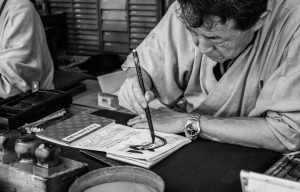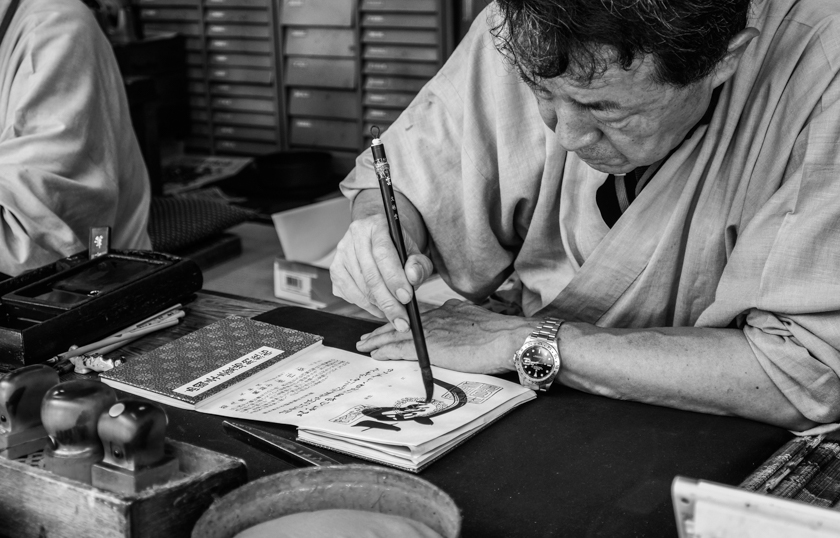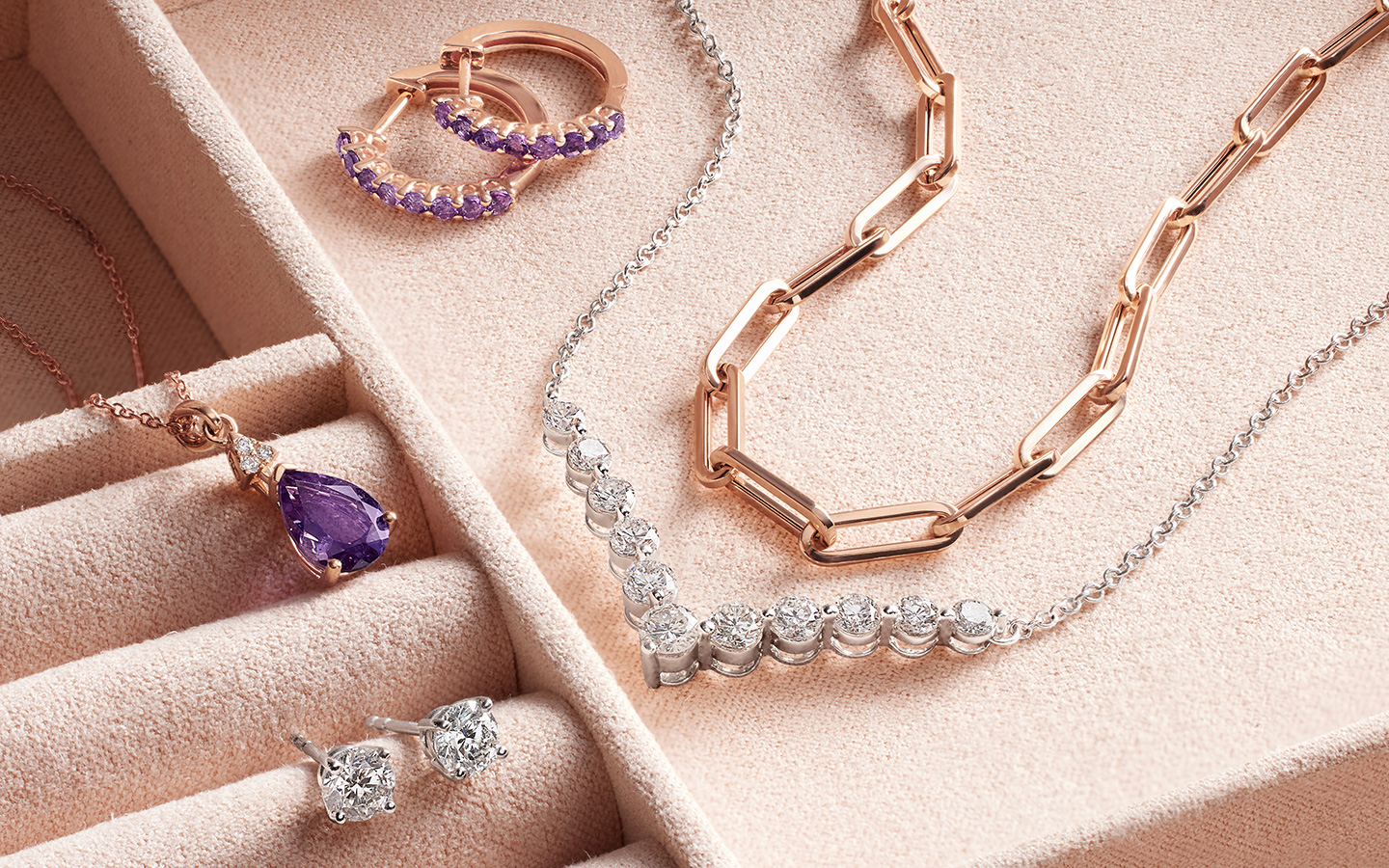As the sun rises over the serene city of Kyoto, Japan, I find myself filled with anticipation and excitement. Today, I am embarking on a journey through the art of Japanese calligraphy, a sacred and beautiful practice that has captivated people for centuries.

Stepping into the traditional calligraphy studio, I feel an instant sense of calm. The scent of incense hangs in the air, mingling with the faint sound of soft brush strokes on delicate rice paper. The room is adorned with graceful scrolls and ancient artwork, creating an ambiance that is both peaceful and inspiring.
I am greeted by my calligraphy sensei, a wise and experienced master of this timeless art form. With a gentle smile, he welcomes me into his world, inviting me to uncover the secrets of calligraphy and delve into its rich cultural heritage.
We begin by discussing the importance of calligraphy in Japanese society. It is not merely a form of artistic expression, but a way to connect with the essence of the written word. In Japan, calligraphy is considered a meditative practice, where the process of writing each stroke is as significant as the final masterpiece.
My sensei explains that calligraphy is not solely about creating visually appealing characters, but rather about capturing the spirit behind each word. Each stroke is an opportunity to convey emotion and meaning, using the brush as a tool to express one’s inner self.
With a sense of reverence, my sensei presents me with a sumi-e brush, a traditional tool crafted from fine animal hair, and a slate of ink. As I dip the brush into the ink, I am reminded of the importance of being present in this moment. The brush glides effortlessly across the paper, leaving behind a trail of ink that forms elegant characters.
Learning calligraphy is a gradual process of studying the intricate techniques and principles. I practice the basic strokes, known as “gyou,” which form the foundation of all Japanese calligraphy. From the vertical and horizontal lines of “tategyou” and “yokogyou” to the flowing curves of “sugyoutare,” each stroke requires precision and focus.
As I continue to refine my skills, I discover that calligraphy is not just about technical mastery. It is the embodiment of patience, discipline, and humility. Through the repetition of strokes, I learn to find balance and harmony both within myself and in my art. It becomes a form of meditation, a gateway to inner peace and self-reflection.
Beyond the physical aspect, calligraphy is deeply intertwined with Japanese culture and spirituality. It has long been associated with Zen Buddhism, with Zen masters using calligraphy as a means to achieve enlightenment. In their quest for spiritual awakening, they would write simple yet profound words and phrases, aiming to encapsulate profound wisdom within a single brush stroke.
The aesthetics of Japanese calligraphy, known as “sho,” are equally significant. It is the art of visually balancing the characters on the page, taking into consideration composition, spacing, and the energy that radiates from the strokes. The principles of sho are inspired by the natural world and the changing seasons, with each stroke echoing the beauty and harmony of nature.
As I immerse myself deeper into the world of calligraphy, I discover that it is not limited to the traditional form. Modern calligraphers are pushing boundaries, blending traditional techniques with contemporary art to create unique and innovative pieces. The calligraphy community is a vibrant one, with exhibitions, workshops, and competitions constantly pushing the boundaries of what is possible.
Japanese calligraphy is not just a skill to be acquired; it is a lifelong journey of exploration and growth. It is a way to connect with the past, to honor the traditions of those who came before us, and to understand ourselves better. It allows us to slow down and appreciate the beauty of simplicity, to find solace in the act of creation.
As I finish my time in Kyoto, I reflect upon my journey through the art of Japanese calligraphy. I am grateful for the lessons and experiences it has imparted upon me. Calligraphy has taught me the importance of embracing imperfections, of finding joy in the process rather than fixating on the end result. It has opened my eyes to the power of a single brushstroke, the ability to distill emotion and meaning onto a blank canvas.
I leave Kyoto with a newfound appreciation for the art of calligraphy and a desire to continue my own journey. It is a practice that transcends language and culture, uniting people around the world through the power of the written word. In the stillness of my studio, I pick up my brush once more, ready to create, to express, and to connect.











